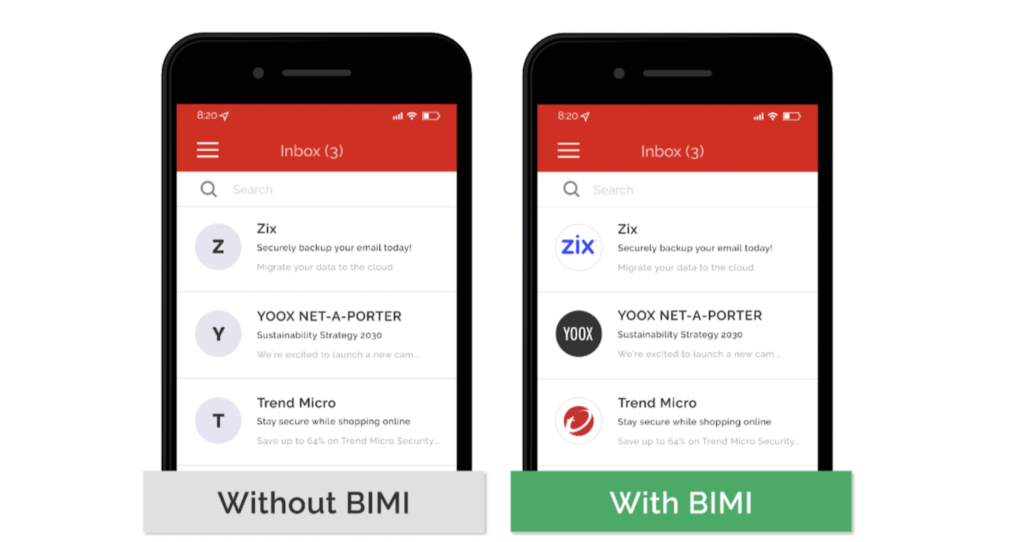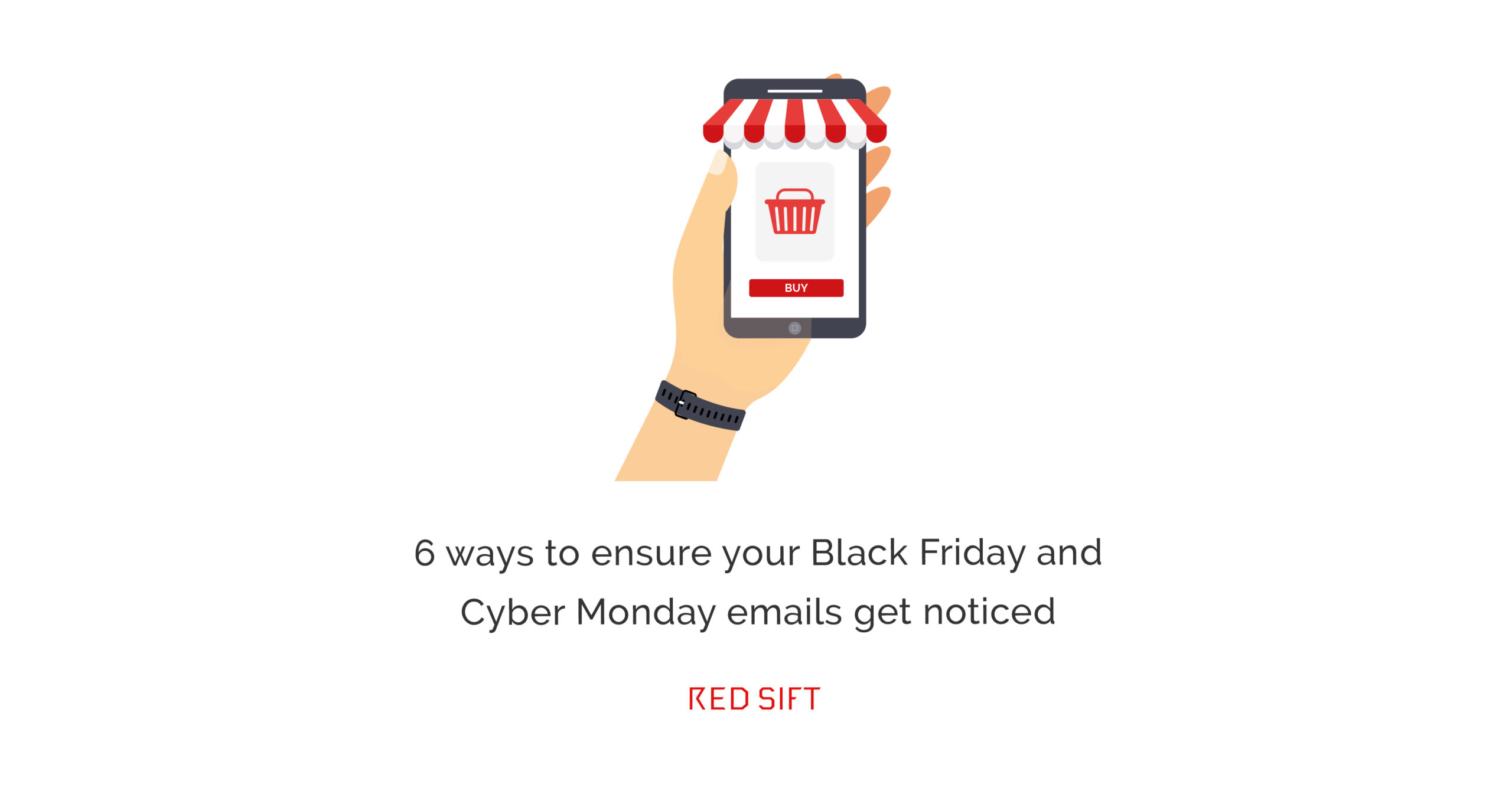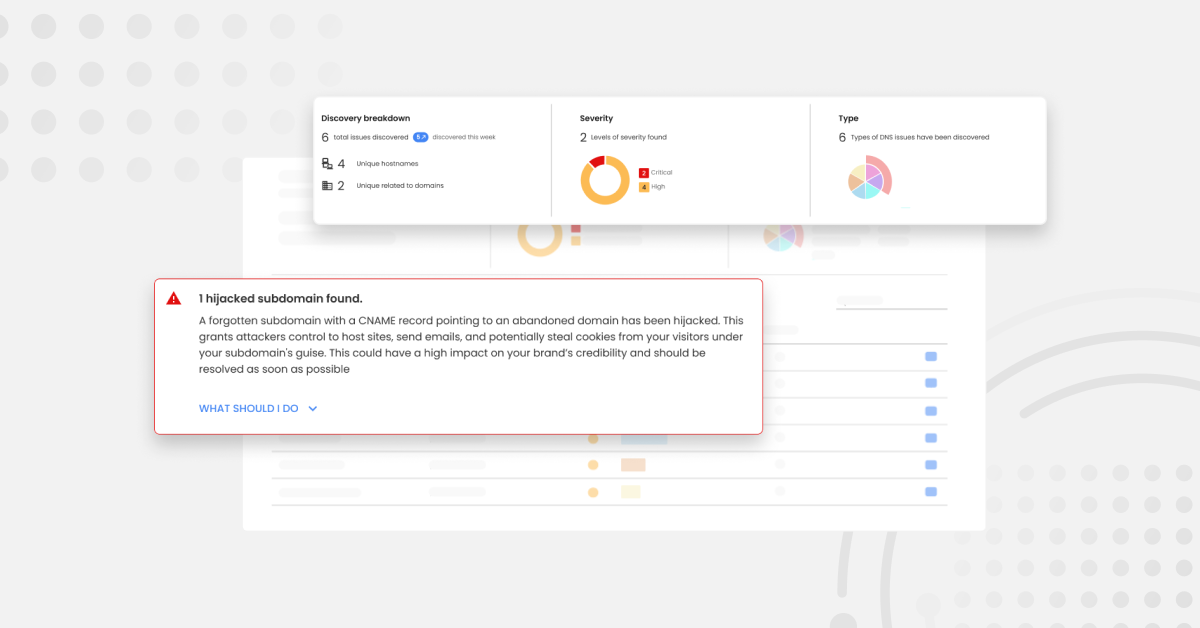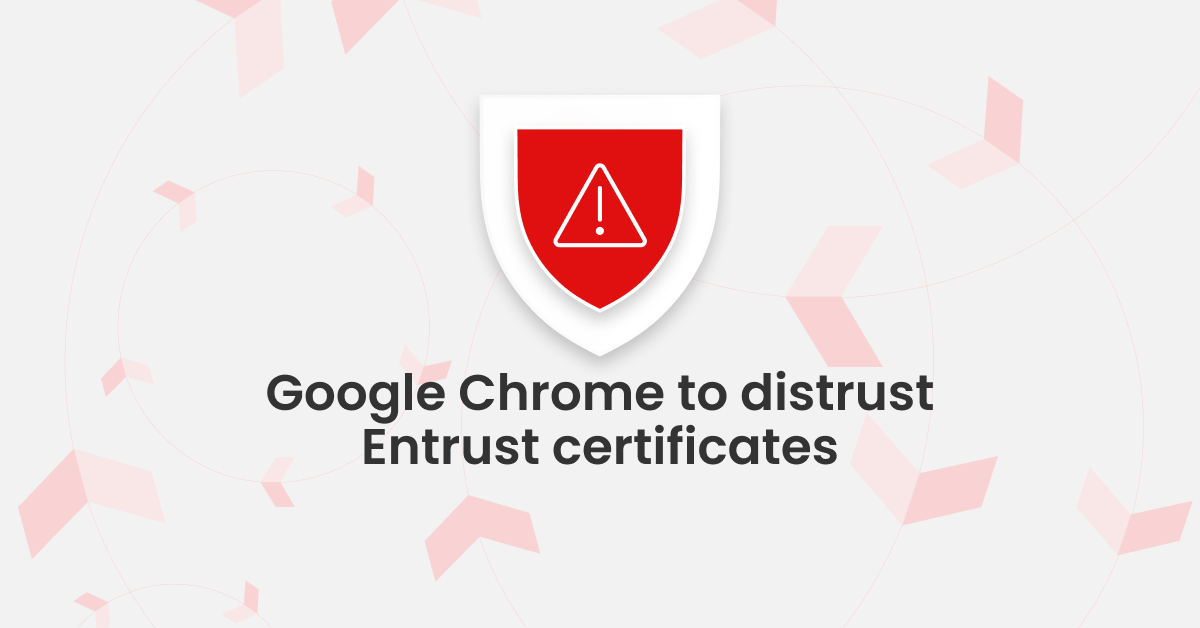Cyber Weekend (an amalgam of the ever-popular Black Friday and Cyber Monday) is a huge event for online shopping and in-store buying worldwide. This year, combined Black Friday and Cyber Monday revenue is forecast to hit $19.6 billion. With more money to be made than ever, businesses in all sectors are chomping at the bit to get the most out of this annual shopping extravaganza.
Since more than 19.5% of global retail sales are generated from online buying, email is an incredibly important marketing and communications tool, helping businesses make sure they’re getting their message out and sales in.
But it’s not as easy as it used to be to get noticed in the supersaturated inbox. Whether you’re sending transactional emails, email newsletters, automated emails, or personalized emails, you must give your brand the best chance of standing out in the inbox and grabbing your customers’ attention.
Below are 6 ways to make sure your Black Friday and Cyber Monday emails get noticed in the inbox.
1. Get ready to deliver
You can craft the most appealing and attention-grabbing Black Friday emails imaginable, but if you don’t put the fundamentals in place to ensure they get to the customer inbox, your efforts will be wasted.
Setting up two essential protocols Sender Policy Framework (SPF) and Domain Keys Identified Mail (DKIM) is the first step to ensuring this. Once these are in place, you can roll out Domain-Based Message Authentication, Reporting, and Conformance (DMARC). When fully configured, DMARC works using SPF and DKIM to stop hackers from impersonating your domain to send phishing emails.
But DMARC has its marketing benefits too. By implementing DMARC at a policy of p=reject you’re actively telling recipient inboxes that the emails sent from your authorized sending sources are legitimate. This can increase your email deliverability to as much as 99%.
2. Use your logo to stand out in the inbox
Much like our Thanksgiving turkeys, email inboxes are becoming increasingly stuffed with brands looking to keep in constant contact with customers. With tough competition all around, brands need to be doing everything they can to make an impression in the reader’s mind and raise their open rates.
Earlier this year, the BIMI Working Group came up with a solution. BIMI (Brand Indicators for Message Identification) is a new standard that allows businesses to show their trademarked logos on any DMARC-authenticated emails they send. It works by using a Verified Mark Certificate (VMC).
In research carried out with our partner Entrust, we found that showing a trademarked logo in email can increase open rates by 21% and purchase likelihood by 34%. It also boosts confidence in an email’s legitimacy by 90%, and brand recall by as much as 120%.
What’s most interesting is the positive effect showing a registered logo has on email open rates, irrespective of a brand’s market share or size. During the study, we included a completely unknown brand as a control. Despite it being virtually unknown, when it displayed a logo on its emails it gained a 21% share of promotional email opens in the US and 62% in the UK.
Including BIMI in your email marketing strategy could be the missing link for helping your emails stand out, and your Black Friday offers sink in.

3. Make your emails relevant
A spray-and-pray email marketing strategy might have worked years ago, but now customers expect a level of detail, relevance, and personalization in the emails they receive. In fact, 72% of customers will now only respond to personalized marketing messages.
Segmenting your customer lists (either within your customer database or by using tick options on a sign-up form) can be a great way to ensure the emails you’re sending are targeted and relevant. At the end of the day, with so many retailers bombarding the customer inbox, going the extra mile and making your messaging meaningful could be the difference between getting a conversion and dealing with a dreaded unsubscribe.
4. Polish your subject lines
While slick subject lines aren’t everything, there are a few ways to ensure you’re maximizing on this valuable real estate in the customer inbox. To make your subject lines as effective as possible, try:
- creating a sense of urgency i.e. ‘Just today’ or ‘Ends soon’
- keeping it short and snappy, 50 characters maximum
- starting with a verb to encourage action
- using emojis, as long as they fit with your brand
- being straightforward about your offering and avoiding clickbait
You should also try and use a personable from email (e.g. emily@exampledomain.com) and avoid the cold ‘no replies’ and ‘do not responds’. Finally, it’s good practice to use a subject line checker to test your creation before sending it.
5. Keep them mobile-friendly
Around 1.7 billion users check their emails on mobile as opposed to 0.9 billion on desktop, so any emails you send out must be optimized for mobile.
Most good email marketing platforms will offer automatic optimization for mobile. But it’s also good practice to avoid long chunks of text, use quality images that load quickly, and make the most of call-to-action (CTA) buttons to encourage clicks.
6. Measure and learn for next year
As the old saying goes, if you can’t measure it, you can’t manage it. And we’d add that if you can’t measure it, you can’t improve it either. Looking at your reports, and seeing how well your Black Friday and Cyber Monday emails have performed is crucial for continuous improvement.
By identifying the messaging, content, and tactics that worked, as well as recognizing and learning from mistakes, you’re solidifying the success of your cyber weekend email marketing strategy for the long term.
We hope you found this useful!
We know that email marketing can be a tricky beast to tame. While there are several factors that drive its success, having the right protocols like SPF, DKIM, DMARC, and BIMI in place is fundamental for ensuring your emails reach the customer inbox, and stand out once they’re there.
To get a quick health check of your current setup for these protocols, try out our free investigate tool!





